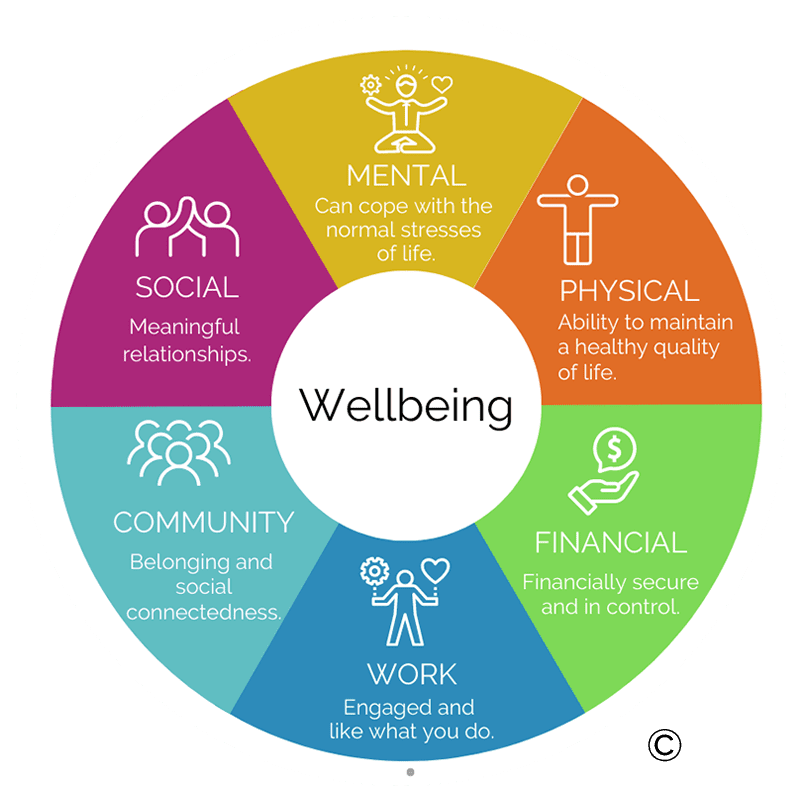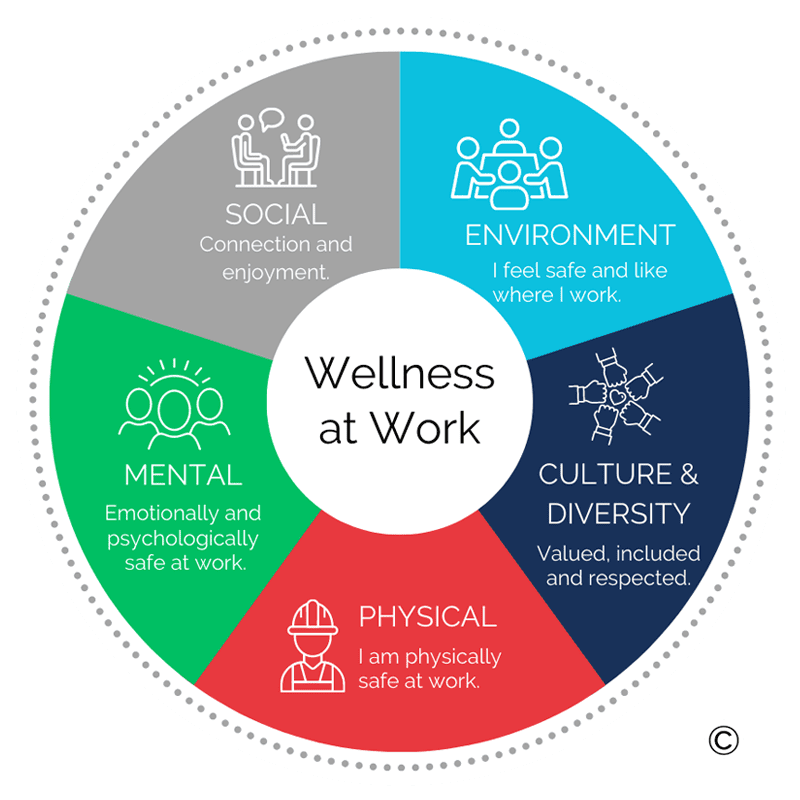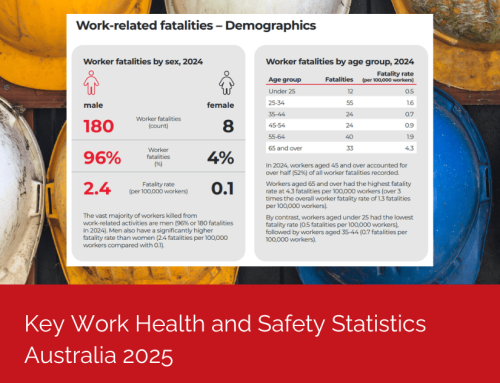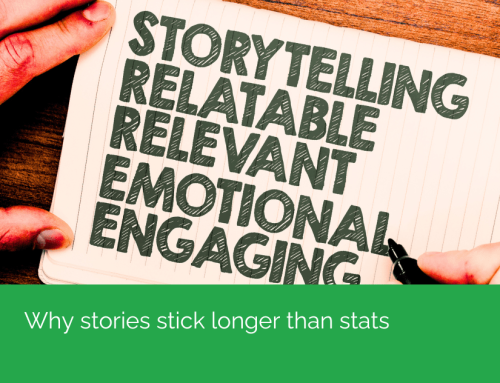
Wellbeing vs wellness at work: why employers are responsible for workplace wellness, not personal wellbeing.
Explore the clear distinction here.
Conversations around wellbeing at work are everywhere. But often, the lines between personal wellbeing and wellness at work get blurred. This confusion risks placing unrealistic expectations on employers and employees alike.
The truth is employers are not responsible for an individual’s overall wellbeing. However, they are responsible for creating the conditions for wellness at work.
In this article, we’ll explore why it matters for organisations to focus on what they can control – and why employees must also take ownership of their own wellbeing.

Wellbeing is personal
Wellbeing covers the broad state of an individual’s life. It includes health, financial stability, relationships, community, mental state, and lifestyle choices. An employer cannot and should not carry responsibility for this whole picture.
For example, consider financial wellbeing. An employer can provide fair pay, offer financial literacy workshops, or give access to salary packaging options, but they cannot manage someone’s personal finances. That responsibility rests with the individual.

Wellness at work is environmental
Employers are, however, responsible for creating a safe, fair, and supportive work environment that enables people to thrive. This is where wellness at work comes in.
Wellness at work is about:
-
Designing safe jobs with manageable workloads.
-
Meeting WHS obligations for both physical and psychosocial hazards.
-
Building a positive culture where respect, trust, and inclusion are the norm.
-
Providing access to resources such as EAP services, coaching, and training.
-
Ensuring employees feel safe to raise concerns without fear of reprisal.
A shared responsibility
Employees must take charge of their personal wellbeing, just as they would their own finances, health, or relationships. Employers must focus on wellness at work – creating conditions that minimise harm, support performance, and allow people to do their best work.
When both sides take ownership, workplaces strike the right balance: individuals feel empowered, and organisations create healthier, safer, and more productive environments.
Why this distinction matters
Confusing wellbeing with wellness can lead to organisations over-promising and employees being under-supported. By making the distinction clear, employers can focus resources where they make the greatest difference — in shaping environments that support people’s success.
To explore the foundational differences between wellbeing and wellness at work in more detail, read our earlier article: Navigating the difference between wellbeing and wellness at work.







